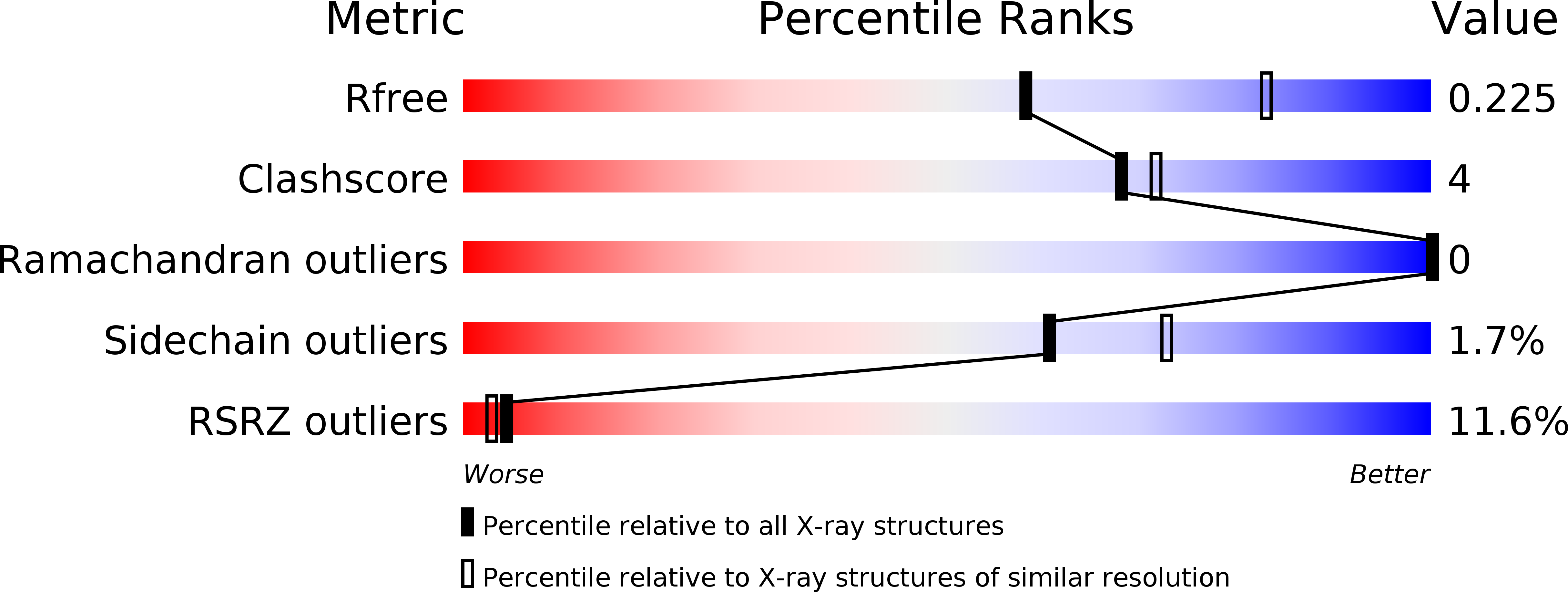
Deposition Date
2016-04-20
Release Date
2017-03-01
Last Version Date
2024-11-06
Entry Detail
Biological Source:
Source Organism:
Homo sapiens (Taxon ID: 9606)
Influenza A virus (Taxon ID: 11320)
Influenza A virus (Taxon ID: 11320)
Host Organism:
Method Details:
Experimental Method:
Resolution:
2.46 Å
R-Value Free:
0.22
R-Value Work:
0.20
R-Value Observed:
0.20
Space Group:
P 1


